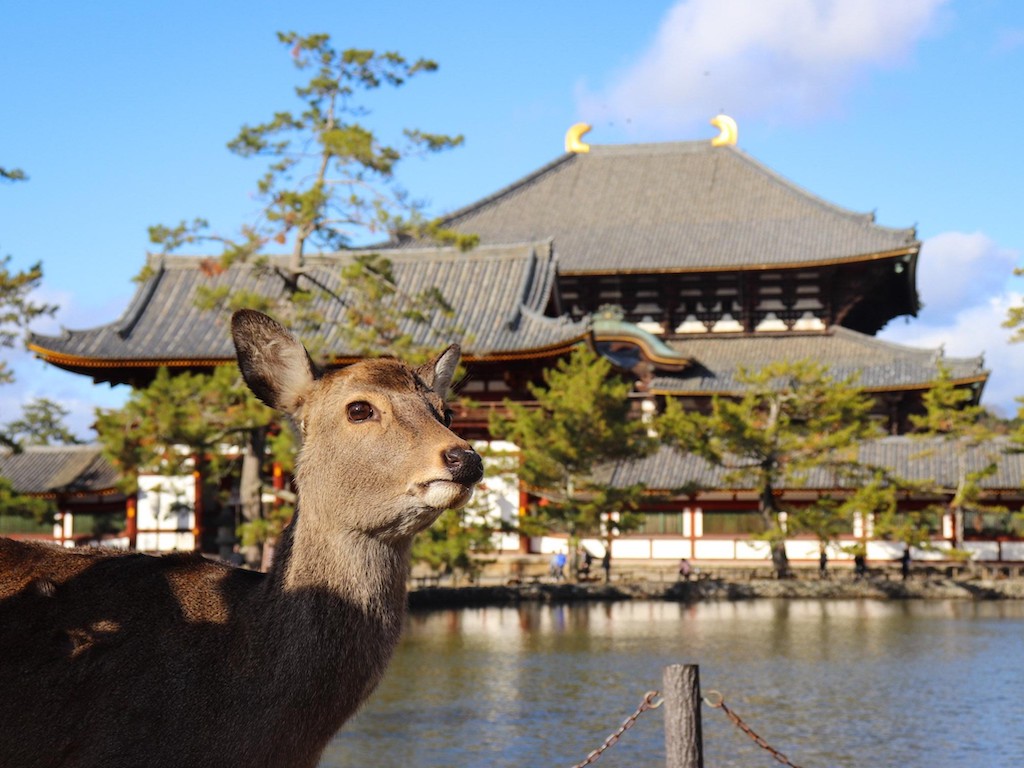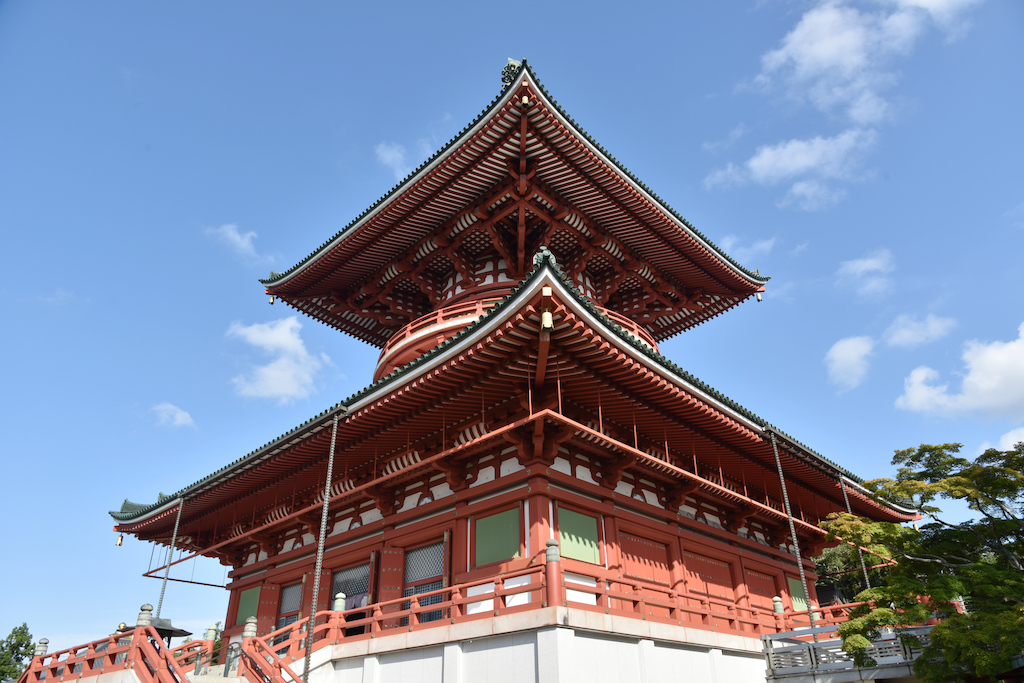When it comes to shrines and temples in Japan, I think many people think of Kyoto.
In fact, there are many famous temples in Nara as well. Rather, there are more temples that every Japanese knows in Nara than in Kyoto.
Many are registered as World Heritage Sites, and they are the place where you can experience old history of Japan.
Please visit not only Kyoto but also temples and shrines in Nara!
1. Todaiji 東大寺
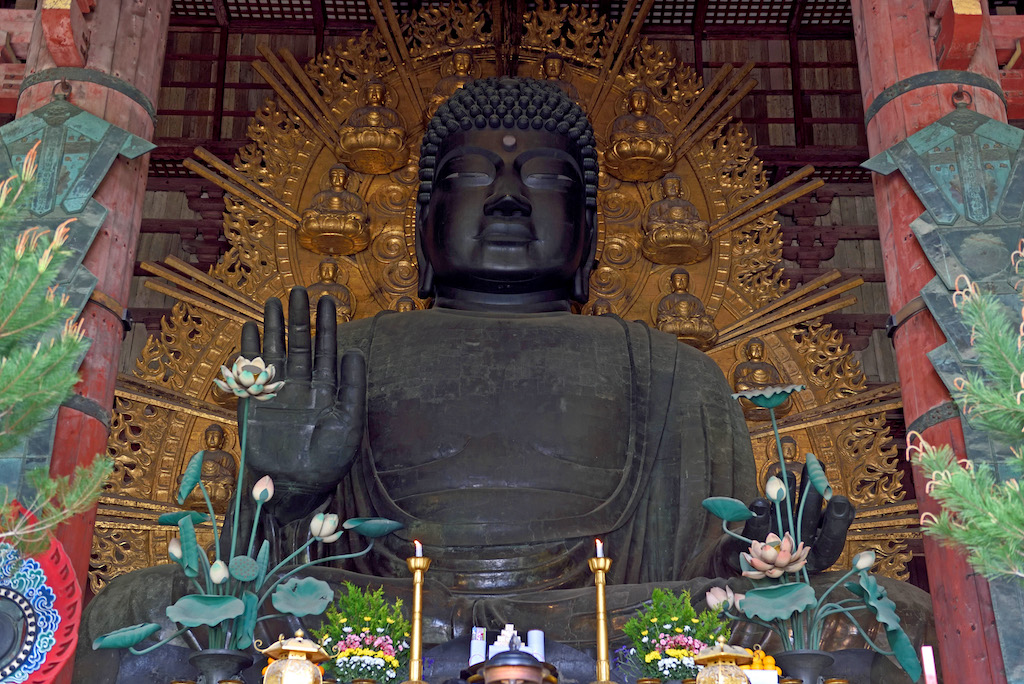
Todaiji is the grand head temple of the Kegon Sect of Buddhism built by Emperor Shomu in the Nara period with all his national power.
It is known as” Temple of Big Buddha”, and gathering a wide range of beliefs from ancient times to modern times.
It’s registered as a World Heritage Site by UNESCO in December 1998 as part of the ancient capital Nara’s cultural assets.
続いて「東大寺」。
— 盡忠報國 (@yuukyuunotaigi) November 27, 2019
こちらもの外国人観光客だらけです😖
久しぶりに盧遮那仏を参拝しますが、何時見ても大きい! pic.twitter.com/4kBr4K4VGB
Address: 406-1 Zoushi-cho, Nara-city, Nara 630-8587
Phone: 0742-22-5511
Access: 20 minutes on foot from Kintetsu Nara Station
HP: http://www.todaiji.or.jp/english/index.html
2. Horyuji 法隆寺
Horyuji is the grand head temple of the Shotoku Sect of Buddhism built by Prince Shotoku during the time of Empress Suiko.
It’s the oldest wooden building in the world, and registered for the first time in Japan with Himeji Castle as a UNESCO World Cultural Heritage Site.
Valuable buildings and treasures of each era including Asuka period exist in the vast precincts.
2021.7.10
— ゆかぽの旅日記 (@yukapo_trip) July 11, 2021
近場で奈良日帰り☺️
法隆寺と法起寺散策!!
さすが世界遺産。
木造建築素晴らしい👏
聖徳太子没後1400年φ(・ω・*)
(これ先に知ってれば世界遺産検定間違えなかった……泣#法隆寺 pic.twitter.com/kD3mbBagcc
Address: 1-1 Horyuji sannai, Ikaruga-cho, Ikoma District, Nara 636-0115
Phone: 0745-75-2555
Access: 20 minutes on foot from JR Horyuji Station/5 minutes by bus from JR Horyuji Station (stops at the Horyuji Monzen)
HP: http://www.horyuji.or.jp/en/
3. Kohfukuji 興福寺
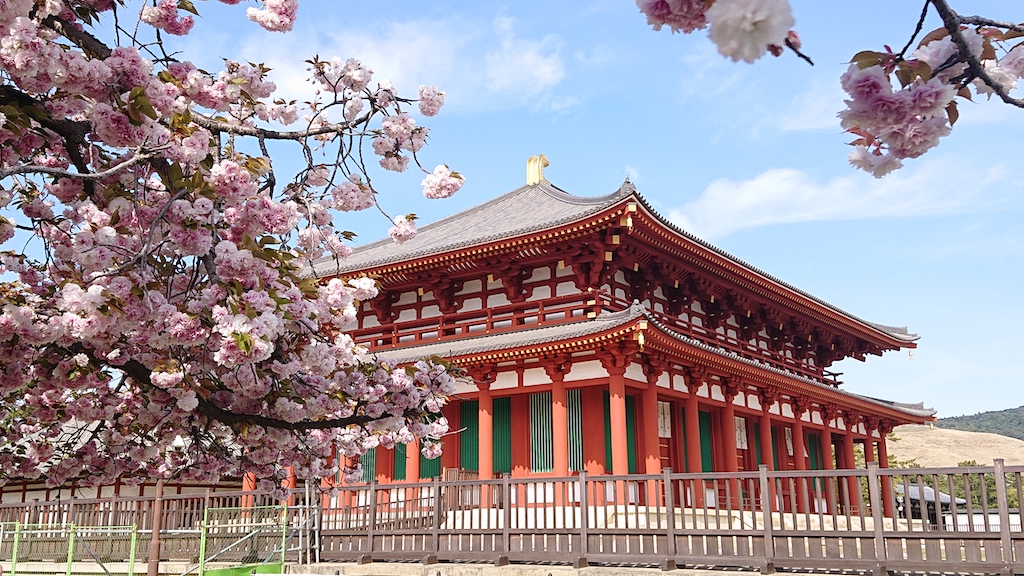
Kohfukuji is the grand head temple of the Hssou Sect of Buddhism.
You can enter and leave the precincts with the five-storied pagoda freely.
Many temple treasures including Tenpyo sculpture are astonishing.
It’s registered as a World Heritage Site by UNESCO as part of the ancient capital Nara’s cultural assets.
興福寺! pic.twitter.com/04KfJ2jXih
— たまちゃん (@tsurugagunji) July 11, 2021
Address: 48 Noboriohji-cho, Nara-city, Nara 630-8213
Phone: 0742-22-7755
Access: 5 minutes on foot from Kintetsu Nara Station/5 minutes by bus from JR Nara Station (stops at the Kencho mae)
HP: https://www.kohfukuji.com/english/
4. Ohmiwa Shrine 大神神社

Ohmiwa Shrine (Ohmiwa Jinja) is one of the oldest shrines in Japan.
The god is Mt. Miwa itself, there is no main shrine. It is a sacred place that has been worshiped as a “mountain where God dwells” for a long time. You will worship from the front shrine to the mountain through the Mitsu Torii.
The surroundings are full of green and healed. Mt. Miwa and the cherry blossoms have beautiful color contrast in the cherry blossom season.
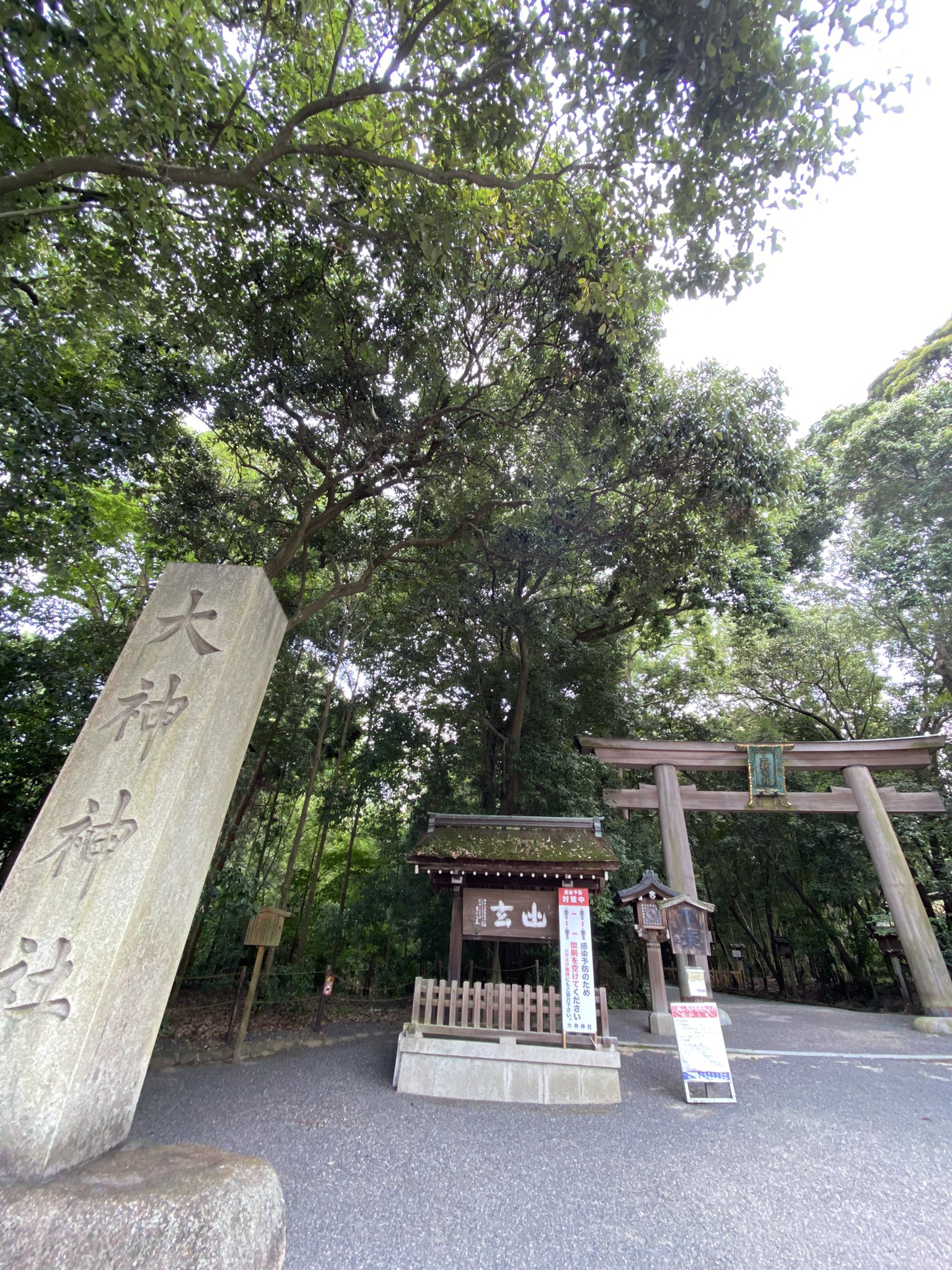
Address: 1422 Miwa, Sakurai-city, Nara 633-0001
Phone: 0744-42-6633
Access: 5 minutes on foot from Miwa Station
HP: http://oomiwa.or.jp/
5. Todaiji Nigatsudo 東大寺二月堂

Todaiji Nigatsudo is the Buddhist temple built in the Nara period located on the grounds of Todaiji Temple.
The existing building was rebuilt in 1669, and it’s designated as a national treasure of Japan.
The building is the place where the event called “Shuji-kai” is held. This event is known as a Nara’s early spring tradition, and this is traditional religious event of repent for sin in front of the Buddha. During this event, usually about 2 weeks in March, monks who cleansed the mind and body repent by the rough deeds and pray for peace in the world.
今日のNHKスペシャルに出ていた東大寺二月堂。
— オムー (@oskkixrjbb) May 30, 2021
2年前に奈良を訪れたときに行っていました。
修二会の時期は外れていましたが、静かな夜に美しく灯火が輝く厳かな祈りの場でした。
3枚目左下、大屋根の影は東大寺大仏殿です。 pic.twitter.com/XLB8UUjNVq
Address: 406-1 Zoushi-cho, Nara-city, Nara 630-8587
Phone: 0742-22-3386
Access: 25 minutes on foot from Kintetsu Nara Station
HP: http://www.todaiji.or.jp/contents/guidance/guidance6.html
6. Toshodaiji 唐招提寺
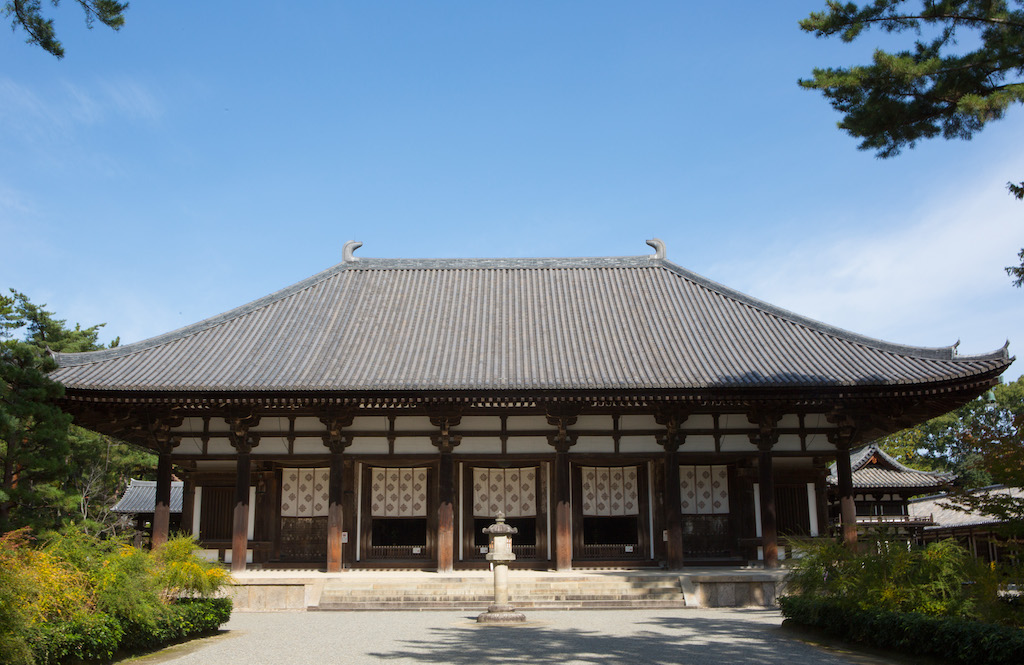
Toshodaiji is the grand head temple of the Ri Sect of Buddhism built by the monk from Tang, Jianzhen. It’s registered as a World Heritage Site by UNESCO in 1998 as part of the ancient capital Nara’s cultural assets.
It has many cultural properties including the main hall (Kondo) and the lecture hall built in the Nara period. Tenpyo Buddhas line up in the Kondo, which is famous for its beautiful entasis pillars.
唐招提寺
— gassyou (@gassyou2) July 11, 2021
いつも落ち着いた雰囲気のお寺、唐招提寺を久しぶりに参拝して元気を頂いてきました。雨が上がった鑑真和上御廟へ通じる路の苔が美しかったです。 pic.twitter.com/1eeXMLW6G6
Address: 13-46 Gojo-cho, Nara-city, Nara 630-8032
Phone: 0742-33-7900
Access: 10 minutes on foot from Kintetsu Nishinokyo Station
HP: https://toshodaiji.jp/english/index.html
7. Yakushiji 薬師寺
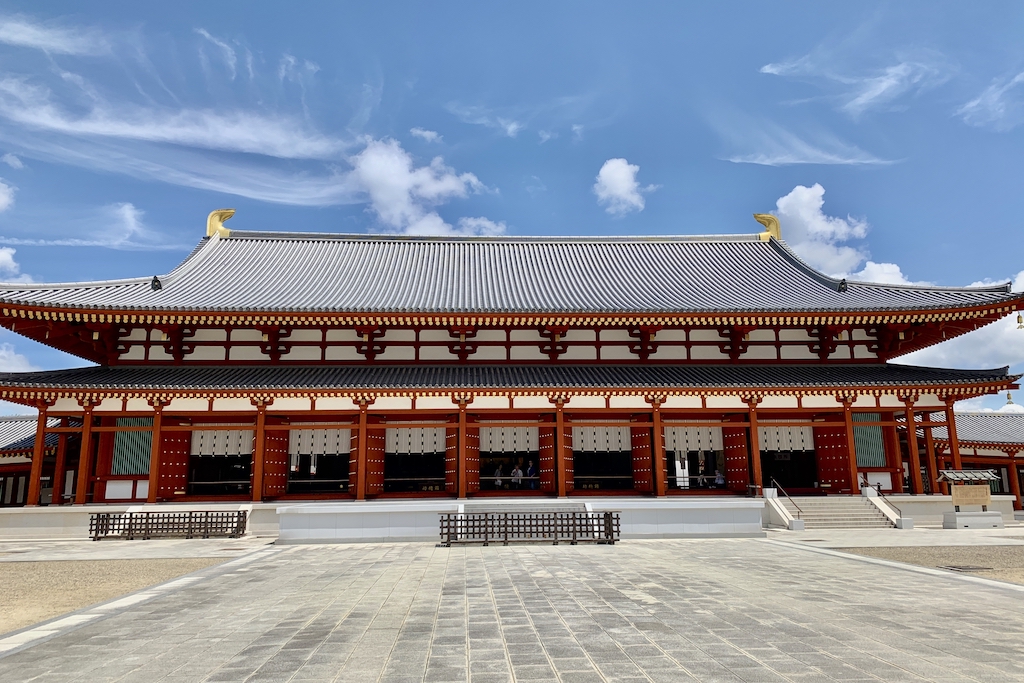
Yakushiji is the grand head temple of the Hosso Sect of Buddhism.
The kanji character “薬” means “medicine”. As you can see from this character, Emperor Tenmu built it in the hope that his wife (Empress Jito)’s illness would be cured. After that she recovered, but Emperor Tenmu fell ill at that time. Eventually, he was demise without seeing the completion of the temple.
Inheriting the will of her husband, Empress Jito completed the temple. So, Yakushiji is a temple built by the love of a married couple.
It’s registered as a World Heritage Site by UNESCO in 1998 as part of the ancient capital Nara’s cultural assets.
#御朱印
— 小山っち🐳京都カブ主 (@tsubamekaigun11) July 11, 2021
奈良県奈良市。
法相宗大本山薬師寺の御朱印。
国宝東塔の一階を見学してきました。 pic.twitter.com/bS5hZDn9WH
Address: 457 Nishinokyo-cho, Nara-city, Nara 630-8563
Phone: 0742-33-6001
Access: 1 minute on foot from Kintetsu Nishinokyo Station
HP: https://yakushiji.or.jp/en/
8. Hasedera 長谷寺
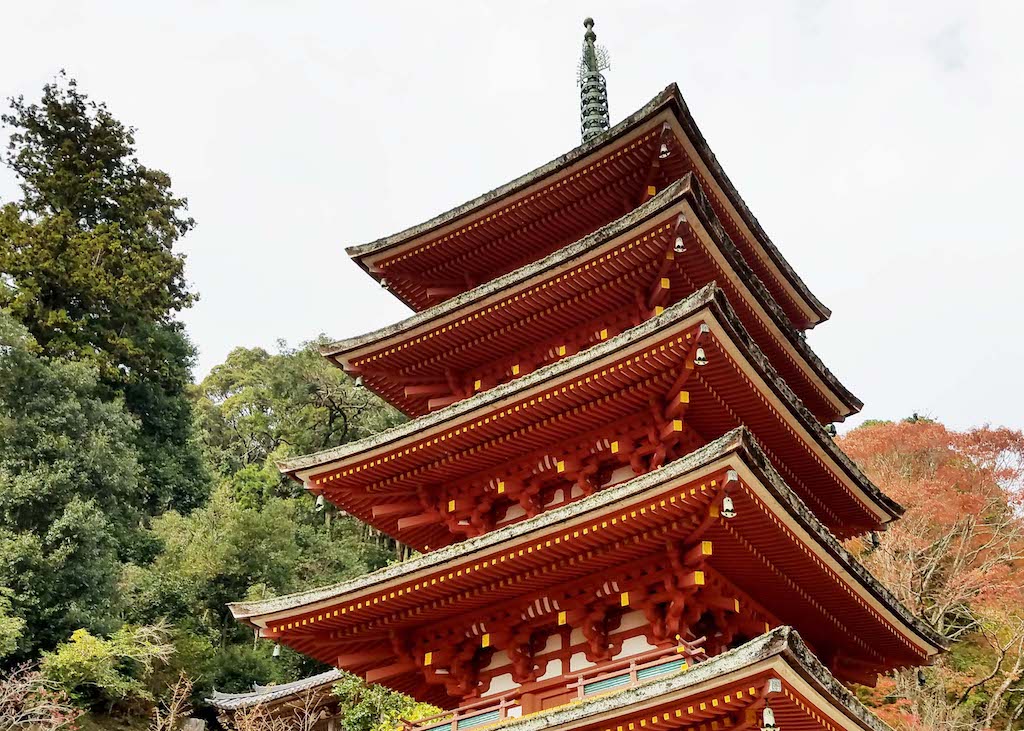
Hasedera is the grand head temple of the Shingon sect Toyoyama school of Buddhism.
This temple is also known as Flower Temple, and beautiful flowers bloom here and there in the precincts every season.
You can see various buildings and exhibits that are designated as an important cultural property, for example, the main gate called nioh-mon, the elegant 399 steps of corridor, and so on.
長谷寺 奈良県桜井市
— kazu.k (@kazuk38552677) July 8, 2021
西国三十三所8番札所 7巡礼目
本尊 十一面観世音菩薩
春のボタンで有名ですが 紫陽花も綺麗です。 pic.twitter.com/m4y4U7Pfsz
Address: 731-1 Hase, Sakurai-city, Nara 633-0112
Phone: 0744-47-7001
Access: 15 minutes on foot from Kintetsu Hasedera Station
HP: https://www.hasedera.or.jp/free/?id=345
9. Kashihara Shrine 橿原神宮
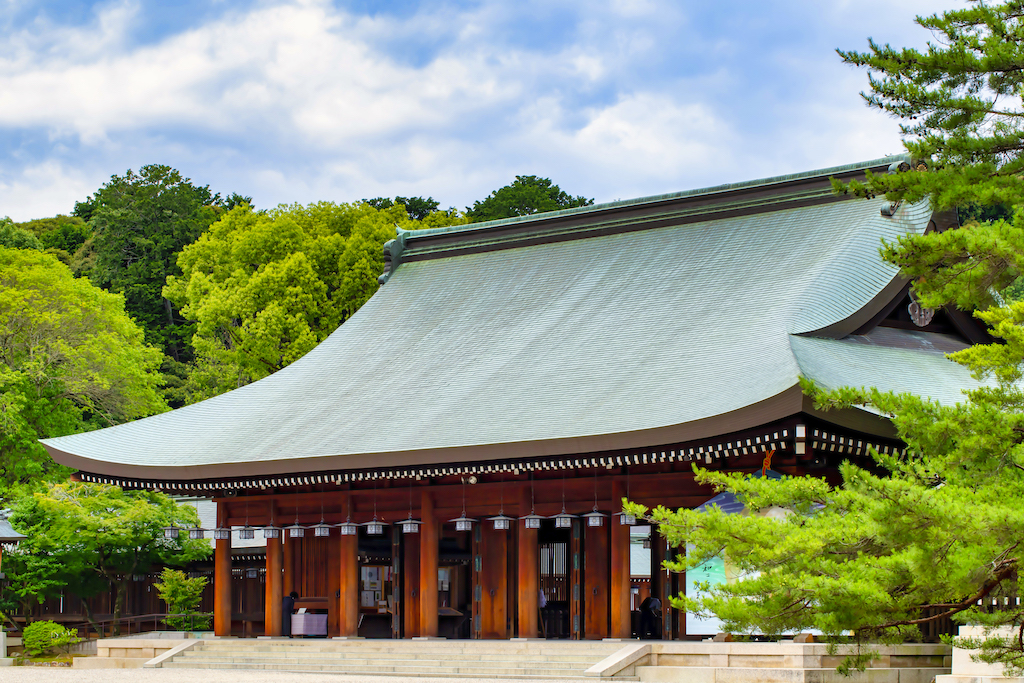
Kashihara Shrine (Kashihara Jingu) was built based on the description of Nihon Shoki. The description says that Emperor Jimmu, who is said to be the first emperor, took the throne at Kashihara Shrine.
The main shrine is a relocation of the palace sanctuary in Kyoto Imperial Palace. It is designated as an important cultural property.
20210710橿原神宮 pic.twitter.com/n0af6OdP28
— だいちゃん (@ImpactTera) July 10, 2021
Address: 934 Kume-cho, Kashihara-city, Nara 634-0063
Phone: 0744-22-3271
Access: 8 minutes on foot from Kintetsu Kashihara Shrine Mae Station
HP: https://kashiharajingu.or.jp/
10. Ryusenji 龍泉寺
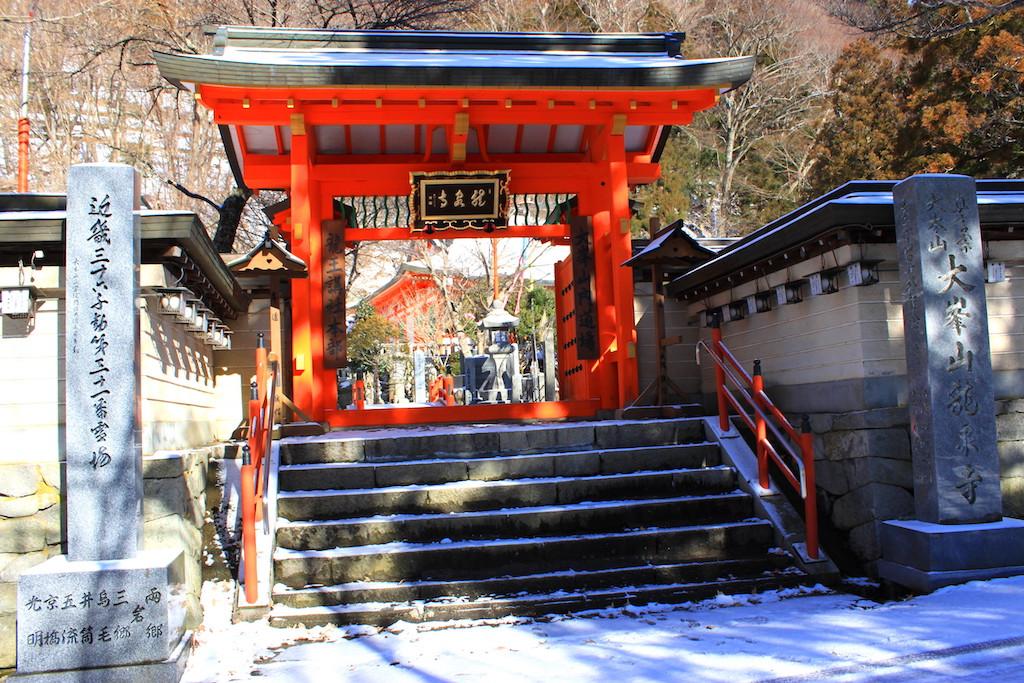
Ryusenji is the grand head temple of the Shingon sect Daigo school of Buddhism.
It is a sacred place that believers and climbers must visit as the root dojo of Shugendo (Japanese mountain asceticism incorporating Shinto and Buddhist concepts).
龍泉寺さんへ。紅葉の錦🍁#奈良 #洞川 pic.twitter.com/J5EaBVyBpE
— わじょーすきー (@Yuzupon551) November 8, 2020
Address: 494 Dorogawa, Tenkawa Village, Yoshino District, Nara 638-0431
Phone: 0747-64-0001
Access: 78 minutes by bus from Kintetsu Shimoichiguchi Station→10 minutes on foot from Dorogawa Onsen bus stop
HP: http://www.vill.tenkawa.nara.jp/

